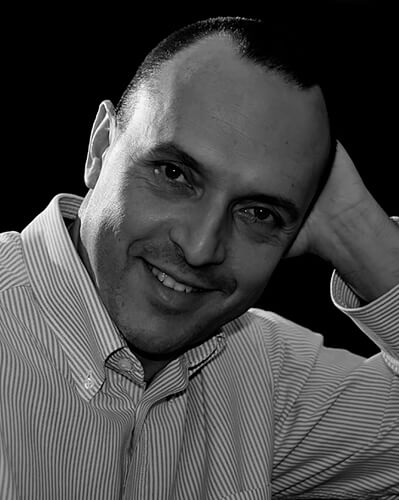No, I haven't been a photographer for all of my life. When I was younger, I worked as a journalist and TV anchorman, then, for another ten years, I worked as a manager for several companies, both Italian and foreign. Then the "fil rouge" of photography, that crossed my whole life, had the upper hand and became a full-time job, that I could enrich with all my previous experiences.
More than six hundreds awards in International Photo Contests (among which 120 gold medals), earned during the last years in more than fourty countries, show my passion for all kind of photography, from color to monochrome, from portrait to nature, from photojournalism to "creative" photography, from panoramic pictures to travel photography (another passion, strictly linked to photography, that brought me in 63 countries).
...many photographers are specialized in Nature or in Portrait or in Architecture... I cannot! I do not know if this is a limit. Sure it is neither self-conceit nor indifference, but I am really fond of any kind of photography and I like very much to experiment.
